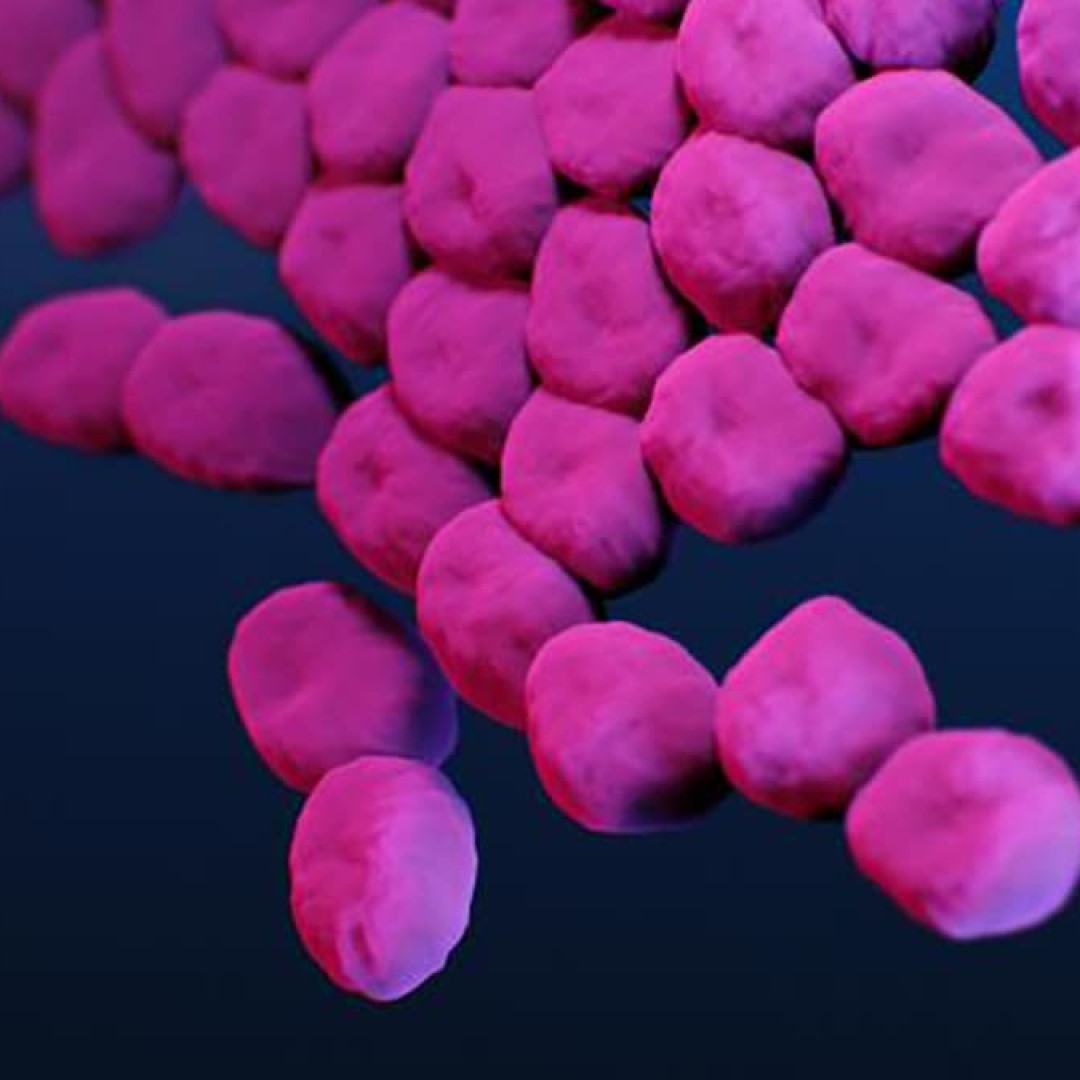
Artificial intelligence yielded new antibiotic
On Feb. 20, 2020, using a machine-learning algorithm, researchers at MIT and the Broad Institute of MIT and Harvard announced that they had identified a powerful new antibiotic compound. In laboratory tests, the drug killed many of the world’s most problematic disease-causing bacteria, including some strains that are resistant to all known antibiotics. It also cleared infections in two different mouse models.
This molecule, which the researchers decided to call halicin, after the fictional artificial intelligence system from “2001: A Space Odyssey,” has been previously investigated as possible diabetes drug. The researchers tested it against dozens of bacterial strains isolated from patients and grown in lab dishes, and found that it was able to kill many that are resistant to treatment, including Clostridium difficile, Acinetobacter baumannii, and Mycobacterium tuberculosis. The drug worked against every species that they tested, with the exception of Pseudomonas aeruginosa, a difficult-to-treat lung pathogen.
The computer model, which can screen more than a hundred million chemical compounds in a matter of days, was designed to pick out potential antibiotics that kill bacteria using different mechanisms than those of existing drugs.
Tags:
Source: Broad Institute
Credit: Photo: Transmission electron microscopy (TEM) image of Acinetobacter baumannii bacteria. Courtesy: Centers for Disease Control and Prevention.
